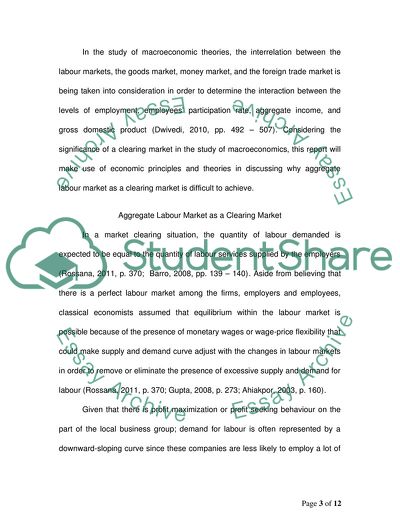Cite this document
(Macroeconomic Stabilization Theory and Policy Coursework - 3, n.d.)
Macroeconomic Stabilization Theory and Policy Coursework - 3. Retrieved from https://studentshare.org/macro-microeconomics/1751219-macroeconomic-stabilisation-theory-and-policy
Macroeconomic Stabilization Theory and Policy Coursework - 3. Retrieved from https://studentshare.org/macro-microeconomics/1751219-macroeconomic-stabilisation-theory-and-policy
(Macroeconomic Stabilization Theory and Policy Coursework - 3)
Macroeconomic Stabilization Theory and Policy Coursework - 3. https://studentshare.org/macro-microeconomics/1751219-macroeconomic-stabilisation-theory-and-policy.
Macroeconomic Stabilization Theory and Policy Coursework - 3. https://studentshare.org/macro-microeconomics/1751219-macroeconomic-stabilisation-theory-and-policy.
“Macroeconomic Stabilization Theory and Policy Coursework - 3”. https://studentshare.org/macro-microeconomics/1751219-macroeconomic-stabilisation-theory-and-policy.


